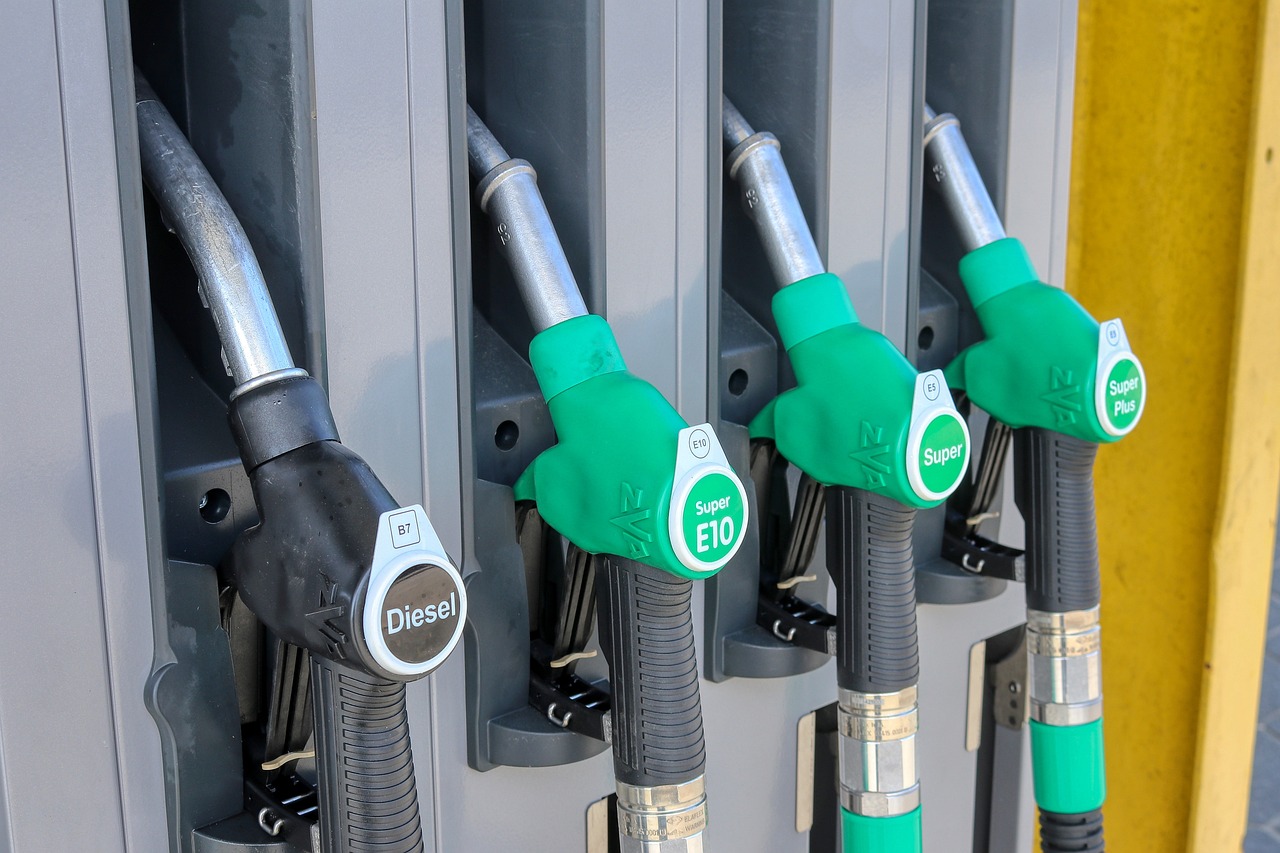
The future of fuel prices is uncertain due to global and regional developments.Continue reading

Since Donald Trump got elected, fuel prices in Hungary have started to decrease, and are now increasingly moving away from the 600-forint (1.47 euros) mark. The question, however, is whether 480-forint (1.17 euros) petrol and diesel are making a comeback. Világgazdaság interviewed experts about the odds.
In recent months, the world has changed significantly for Hungarian drivers, since January, fuel prices have dropped substantially: petrol by more than 50 forints (0.12 euros), and diesel by 60 forints (0.14 euros) per liter. At most gas stations, both fuel types are now available for under 600 forints. However, the 500-forint level, ingrained in the public consciousness thanks to the former 480-forint price cap, still seems far off.
The last time petrol and diesel cost under 500 forints per liter in Hungary was in December 2022, during the price cap. Since then, we have not even come close to the 500-forint psychological threshold. Recently, however, there has been renewed hope:
the two components that most influence fuel prices in Hungary – the forint and global oil prices – have both moved in favorable directions.
To understand fuel price trends, we need to acknowledge that the global economy is currently experiencing extreme fluctuations, which have not left Hungarian gas stations untouched. The current 580–590 forint fuel prices were last seen by Hungarian drivers in September of last year.
Holtankoljak.hu’s Facebook post predicts that from Thursday the price of petrol will be 585 forints/liter and diesel 595 forints/liter.
The analysts stated that the rise in fuel prices at the end of last year was influenced by the so-called “Trump effect.” Even before being elected, the U.S. president had a serious impact on the markets. During the presidential campaign, severe turmoil hit the financial markets, as investors began pricing in the possibility that Trump would initiate fiscal loosening, which would spur inflation and likely cause the Federal Reserve to delay rate cuts. From October on, this led to a strengthening U.S. dollar. At the same time, energy prices also surged: natural gas rose to $56 on the Dutch exchange, and Brent crude oil reached $80 on the European market.
This increase was felt at Hungarian pumps in January, when petrol cost 640 forints and diesel 660 forints per liter.
On April 2, dubbed “Liberation Day for America,” Trump announced new tariffs on much of the world. Stock markets around the globe immediately dropped, and some investors even began to fear a global recession.
OPEC+ decided to ramp up production. From April 1, the oil cartel increased output by 138,000 barrels per month—a plan that may continue through 2026. As a result, Brent crude dipped below $60, and although it has since rebounded slightly to $65–67, this still marks a four-year low. Moreover, even lower prices cannot be ruled out, as Trump is actively pressuring major oil producers to reduce energy prices—often clashing with them in the process.
Zoltán Török, analyst, believes that while the current $65 oil price is close to a balance point, it could still go lower. However, he emphasized that falling oil prices alone are not enough—further drops in fuel prices would also require the forint to strengthen against the dollar.
Interestingly, the last time global oil prices were this low was in May 2021, when petrol and diesel in Hungary were around 430 forints per liter.
The fact that we are now paying 150 forints more per liter is largely due to one factor: the exchange rate of the forint.
Back then, the dollar traded at 300 forints on the interbank market. But following the outbreak of the Russia–Ukraine war and a series of Fed rate hikes, emerging market currencies like the forint came under significant pressure. According to the Raiffeisen analyst, it is now unlikely that the forint will return to those earlier levels. “I believe the era of major fuel price drops is over. Both the forint and oil prices appear to have settled into a new equilibrium, which will likely become the new average,” confirmed Ottó Grád, president of the Hungarian Petroleum Association. He added that while small fluctuations of a few forints are possible,
neither fuel type is likely to become significantly cheaper.
“Petrol and diesel prices will increasingly converge and they will likely align by summer,” said Grád, adding that it is essentially ruled out that Hungary will see average petrol or diesel prices return to 500 forints. He believes the best-case scenario is that, under favorable conditions, prices will remain below 600 forints for the long term.
Via Világgazdaság; Featured picture: Pixabay